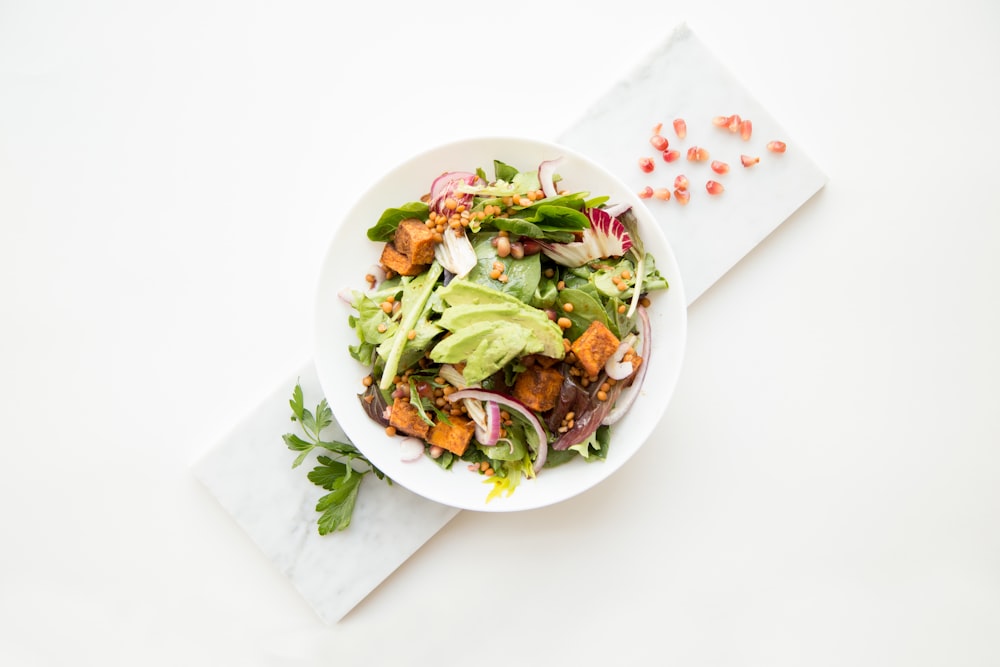
There are several strategies out there regarding how to increase your metabolism, and the higher your metabolism, the more calories your body burns at rest. The word ‘metabolism’ therefore gets thrown around a lot when it comes to health, weight loss, and fitness.
Having a high metabolism is important to people who are conscious about their weight. It’s common to research how to increase your metabolism. A slow metabolism often gets blamed for weight gain, because a sluggish metabolism supposedly doesn’t burn as many calories, while a fast metabolism burns more calories throughout the day – even at rest.
However, do you truly know what your metabolism does for your body? The metabolism is a bodily mechanism that converts food into energy to keep you alive. In this process, calories in drinks and foods are mixed with oxygen to release the energy that your body needs to function and perform daily activities. Moreover, the same energy you get when your food is metabolized is used to carry out the at-rest functions of the body, such as breathing, blinking, digestion, and pumping blood in your heart.
Your metabolism constantly provides energy for these essential daily bodily functions, whether you’re at rest or active. Every person has a minimum number of calories that they need to function optimally, so that these bodily functions can occur. The amount of energy your body burns to perform these basic life-sustaining functions is called the basal metabolic rate (BMR). This is what makes your metabolism so important.
Does Your Metabolic Rate Fluctuate?
The BMR of every person varies. It also fluctuates throughout the day. It increases whenever you eat, digest, and store food due to the thermic effect of food (or the amount of energy needed for your body to digest, absorb, and metabolize it). Note that when you eat, your digestive organs are also at work and they expend energy.
Your metabolism may also increase throughout the day as you engage in more physically demanding activities. In the long run, you will start to notice changes in your metabolism, especially during transitional life changes, such as during puberty, menopause, and pregnancy.
According to research, our metabolism peaks at age 1, as babies burn calories 50% faster than others. One’s metabolism then gradually declines about 3% per year, until you reach age 20. At that age, the metabolism levels off to a new normal, but several factors could still influence it. Your metabolic rate generally stays stable until you hit the middle ages.

How to Increase Your Metabolism by Understanding Factors That Impact Your Metabolism
Metabolism is affected by numerous factors. For starters, Harvard Health notes that the intensity of your metabolism–whether it’s fast, sluggish, or average–is largely determined by your genes. The very same genetics also influence your metabolic type, which determines your BMR and propensity for storing fat and building muscles in certain places.
The three major metabolic types are:
- Ectomorphs – They are usually skinny and may noticeably eat whatever they please without putting on much weight. They often have a slender and light build with a narrow frame. They have a fast metabolism and are generally lean, not muscular.
- Mesomorphs – They are the athletic type, with a medium build and an ability to gain muscle easily. However, they also gain fat easily.
- Endomorphs – They tend to have the largest bone structure of the three types. They also tend to carry more overall body fat. They have a slow metabolism and a round body.
As mentioned, your metabolism slows down as you age, especially when you hit 40 years old and beyond. This is because you often lose muscle mass with aging, and muscle burns more calories than fat stores in your body.
If you’re looking to learn how to increase your metabolism, note that your metabolism may slow down not just from getting older, but also due to a decrease in activity. This is often the case in individuals who have developed movement issues from chronic back pain, arthritis, osteoporosis, and a sedentary job.
Your gender also impacts metabolic rate, because men supposedly have a generally faster metabolism than women. Men tend to burn more calories than women whether it’s through physical activities or rest. That’s why many females lament that their husbands or boyfriends seem to lose weight faster even when they follow the same diet and exercise plan.
On top of that, your medical situation may also affect your metabolism. For example, diabetes can negatively impact your body’s ability to metabolize sugars. Additionally, conditions like hypothyroidism may slow down your body’s metabolism. You can always ask your doctor to help you check your thyroid.
Lifestyle choices could also impact your metabolism. An active lifestyle is best to maintain your BMR or to increase it. Sedentary lifestyles do the opposite, as often, this results in a loss of muscle mass.
How to Increase Your Metabolism
If you can thank your genes for a super speedy metabolism, you might feel grateful for their DNA. However, for the others who have naturally slow or average metabolisms, all hope is not lost. Though you cannot control your genetics, gender, and age, you could still improve your metabolic rate with certain strategies, and figure out how to increase your metabolism.
Check out these helpful tips about how to increase your metabolism:
1. Know your metabolic type
Knowing your metabolic type allows you to craft exercise and diet plans that fit your needs. You will be able to maximize energy from food to fuel you throughout the day, and create a fitness plan that encourages movement and muscle build-up, all of which, ultimately, increase your metabolism.
2. Exercise consistently
Exercising regularly could increase your metabolism depending on the type of exercise. Aerobic exercises burn calories. This includes activities like running, cycling, swimming, hiking, boxing, walking, and dancing. Strength training exercises build muscle, and more muscle leads to a higher metabolism.
You may always consult a fitness professional to design a plan that’s fit for you. Alternatively, you could take a CircleDNA test as it provides fitness reports that inform you of the optimal workout program based on your DNA. It’s important to exercise consistently. Don’t forget to add flexibility and mobility exercises to encourage better performance during your workouts.

3. Eat healthier food in smaller portions
It is important to fuel your body with the right foods. Eat fibrous foods to keep you fuller for longer, lessen cravings, and encourage healthy bowel movements. Additionally, adding more protein to your diet, when coupled with exercise, could help you build more muscle mass. Protein-rich food includes meat, fish, dairy, legumes, nuts, seeds, and eggs. Note that your body also uses up more energy to break down protein.
Avoid taking drastic measures with your diet, like skipping so many meals or excessively reducing calories as this could have an adverse impact on your BMR.
4. Eat metabolic-boosting foods
Some foods are naturally metabolic-boosting. You may want to incorporate these foods into your diet if you’re strategizing how to increase your metabolism. Mineral-rich food items, especially foods high in iron and selenium, are required for the proper regulation of the thyroid gland, which is responsible for metabolism regulation.
Chili peppers may also increase your metabolism by increasing the rate at which your body is capable of burning calories.
Green tea and plain coffee are also great as these beverages help your body burn fat for energy.
5. Get sufficient sleep
Sleep disorders and lack of sleep negatively impact metabolism. Studies indicate that insufficient sleep could alter your body’s ability to metabolize certain food groups, and may negatively affect the production of hormones involved in metabolism regulation, like decreased levels of leptin and increased levels of ghrelin.
So, one way to help increase your metabolism would be to get proper sleep. Not only will this help keep your hormones and metabolic abilities healthy, but being well-rested will also help you sustain yourself and energy levels throughout the day, which may even allow you to engage in more activities.
Benefits of Increasing Your Metabolism
Increasing your metabolism results in more benefits than just helping you manage your weight. Below are some benefits of improving your basal metabolic rate:
- Improved blood circulation: An improved metabolism allows for blood to transport nutrients and oxygen to your body’s organs seamlessly. This also results in easier removal of toxins from the blood and waste in the bowels.
- Elevated mood: A higher metabolism supports a better functioning nervous system, which may ease anxiety, and mitigate boredom and agitation.
- Boosted immunity: A faster metabolism could improve immunity, which is a byproduct of better blood circulation. Additionally, this paves the way for better nutrient absorption and transport.
- More energy: Gain more energy when you increase your metabolism. Consequently, you could participate in all your daily activities and give optimum performance without feeling overly tired and fatigued.
- Fat loss: With improved BMR, you burn more of your body’s fat stores while at rest. This not only leads to a more youthful appearance but also prevents you from acquiring conditions related to having high-fat stores, such as hypertension.
Rev up your naturally slower metabolism or improve it when it has slowed down due to time by trying some of the tips in this article.
Regular exercise, increasing muscle mass through strength training, eating a healthier diet, and getting proper sleep may help you increase your metabolism.






